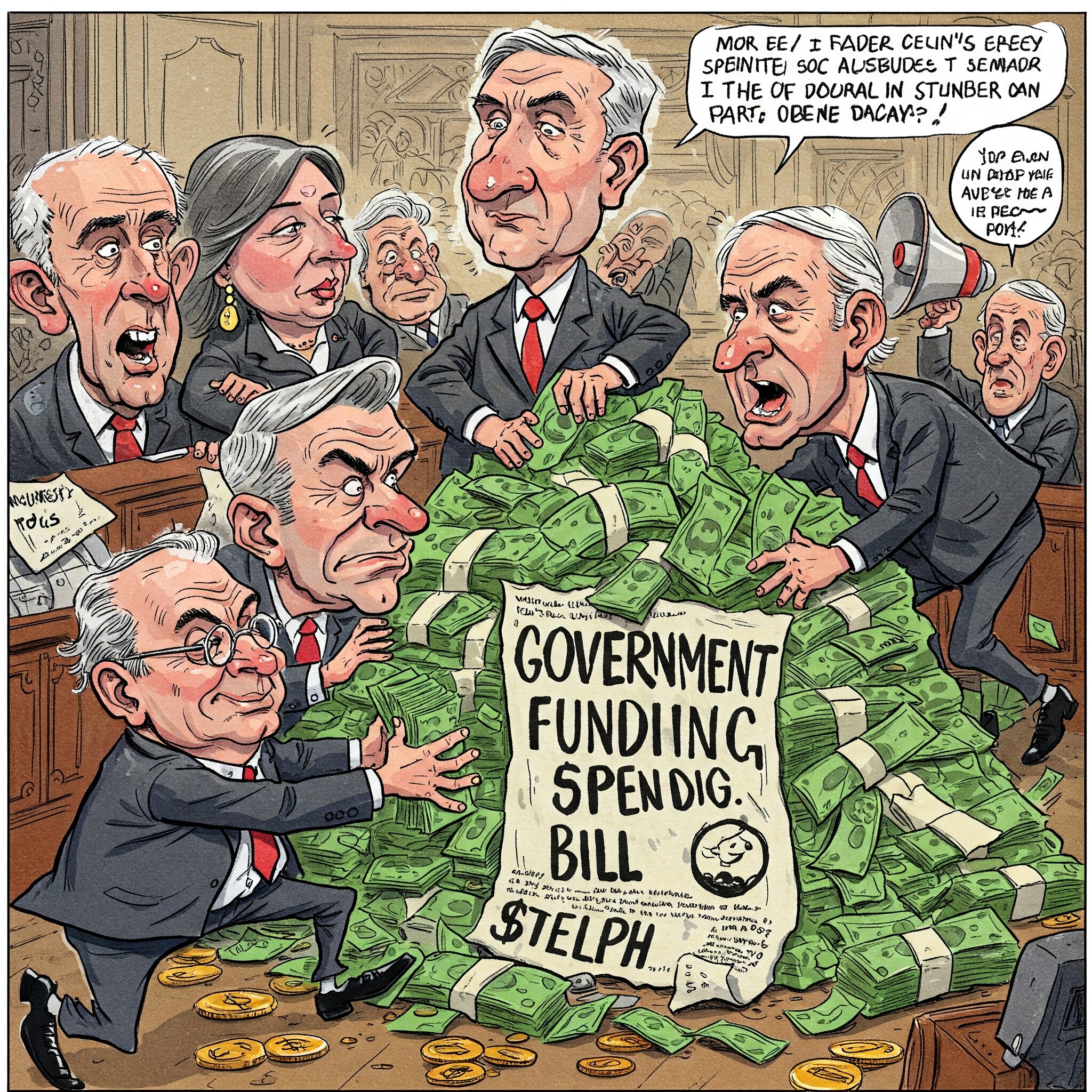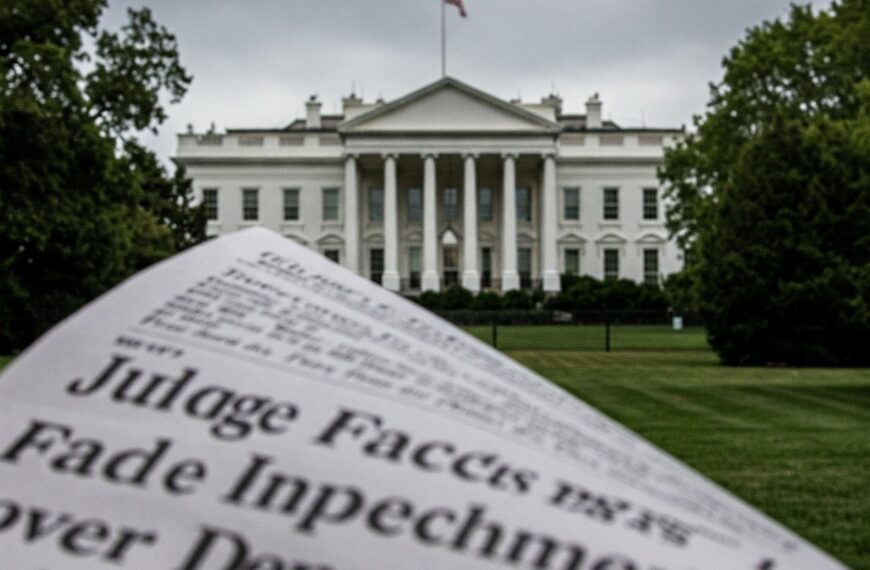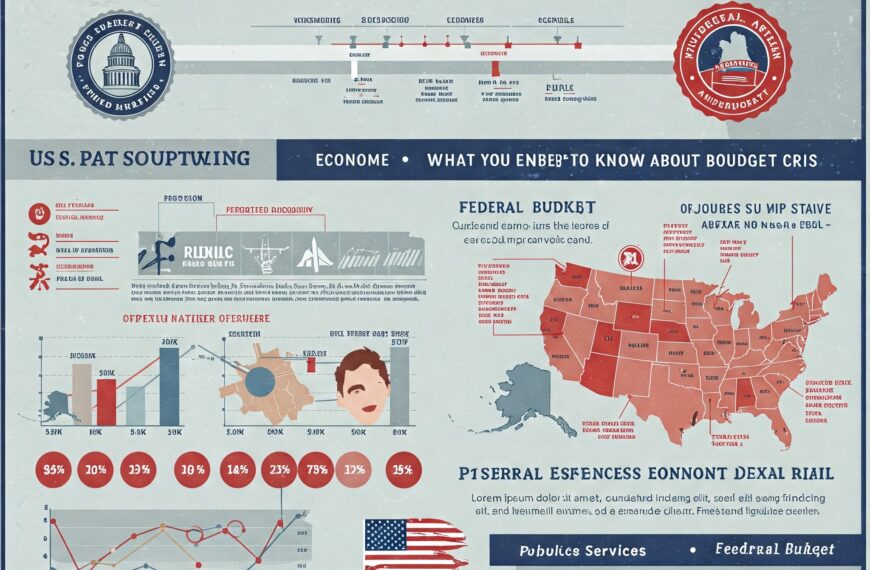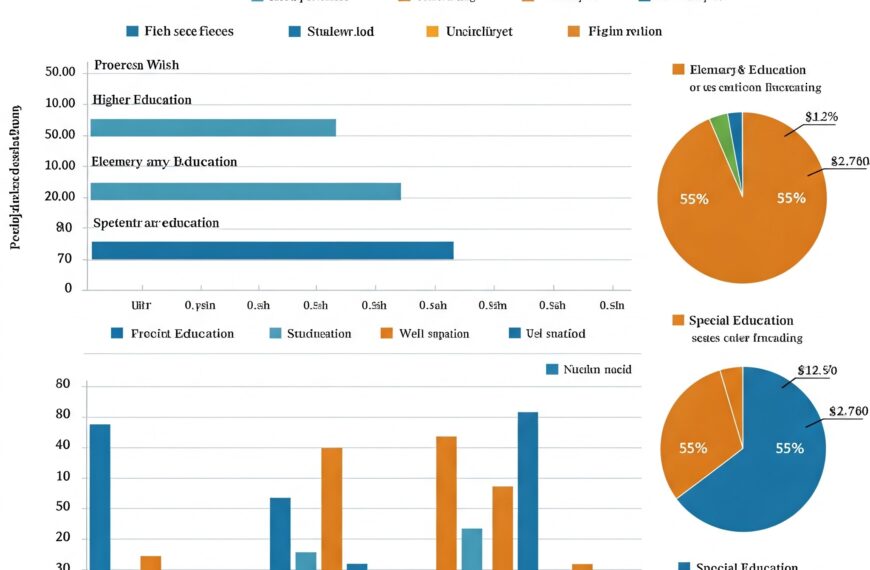The U.S. government is once again at the crossroads of a potential shutdown, as lawmakers race against time to pass a comprehensive funding bill. On March 8, 2025, House Speaker Mike Johnson introduced a crucial piece of legislation aimed at keeping federal agencies operational while redefining spending priorities.
Key Highlights of the Government Funding Bill
| Category | Funding Allocation (FY 2025) | Change from FY 2024 |
|---|---|---|
| Total Defense Budget | $892.5 billion | +$6 billion |
| Total Non-Defense Budget | $708 billion | -8% |
| Veterans’ Healthcare | $121 billion | +$4 billion |
| Border Security & Deportations | $19 billion | +$3 billion |
| Education & Social Services | $92 billion | -$13 billion |
| Medicare & Social Security | No new funding included | No change |
The proposed budget underscores the Republican-led House’s commitment to bolstering national security while implementing cost-cutting measures in social programs.
Defense & National Security: A Top Priority
A significant portion of the bill’s increase in defense spending is aimed at strengthening military capabilities, with emphasis on:
- A 3.5% pay raise for active-duty personnel
- Expansion of submarine construction projects
- Enhanced cybersecurity initiatives to counter global threats
House Republicans argue that these measures are critical to maintaining U.S. military superiority, particularly amidst growing geopolitical tensions with China and Russia.
Impact on Social Programs & Healthcare
While defense spending receives a boost, domestic programs face substantial reductions. Healthcare, social services, and education funding have all seen budget cuts, sparking pushback from Democratic lawmakers.
Critics argue that the reductions could disproportionately affect low-income families, particularly those reliant on federal assistance programs. Additionally, the exclusion of increased funding for Medicare and Social Security has raised concerns among advocacy groups representing retirees.
Political Landscape: Support and Opposition
The introduction of the funding bill has set the stage for a contentious political battle:
- Republican Position: Backed by House Speaker Mike Johnson and President Trump, the GOP views this bill as a necessary step in fiscal responsibility and national security.
- Democratic Response: Led by House Minority Leader Hakeem Jeffries, Democrats argue that the bill unfairly prioritizes military spending at the expense of essential social services.
- Senate Outlook: With a 60-vote threshold required, at least seven Democratic votes are necessary to pass the bill, making bipartisan negotiations crucial.
Potential Consequences of a Government Shutdown
Should Congress fail to pass the bill before the March 14, 2025 deadline, a partial government shutdown could occur, affecting:
- National parks and museums
- Federal employee salaries
- Military and veteran benefits
- IRS tax processing and refunds
Historically, government shutdowns have had economic repercussions, including disruptions in services and financial strain on federal workers.
Next Steps and Future Outlook
As the House prepares for a vote, lawmakers on both sides will likely push for last-minute amendments to secure broader support. The coming days will determine whether Congress can avoid a shutdown and establish a sustainable budget for the remainder of the fiscal year.
Stay tuned for updates as this critical legislation unfolds.
Disclaimer: This article is for informational purposes only and does not constitute official legal, financial, or health advice. All information is sourced from reputable news outlets as of March 8, 2025.
Sources:






















